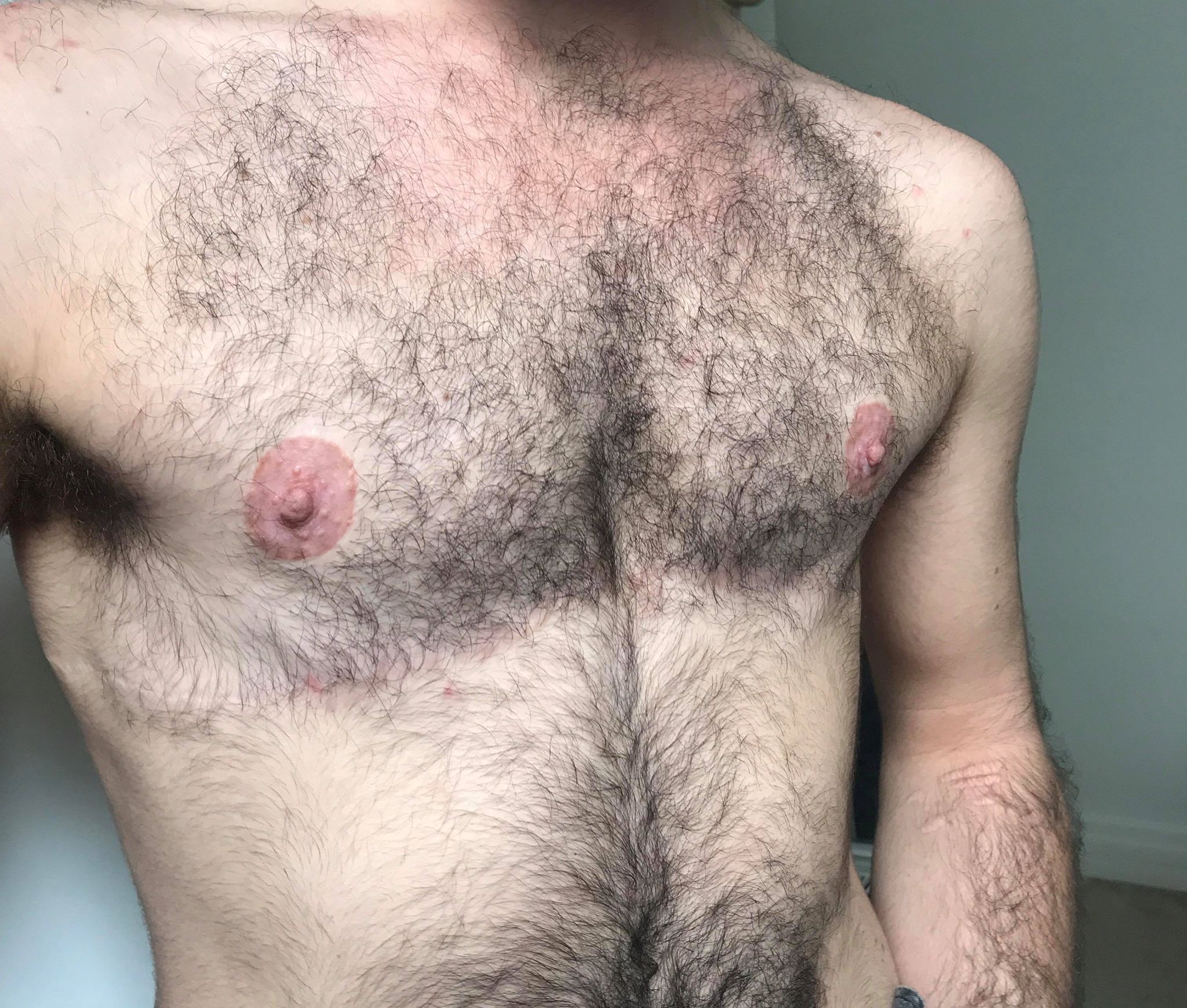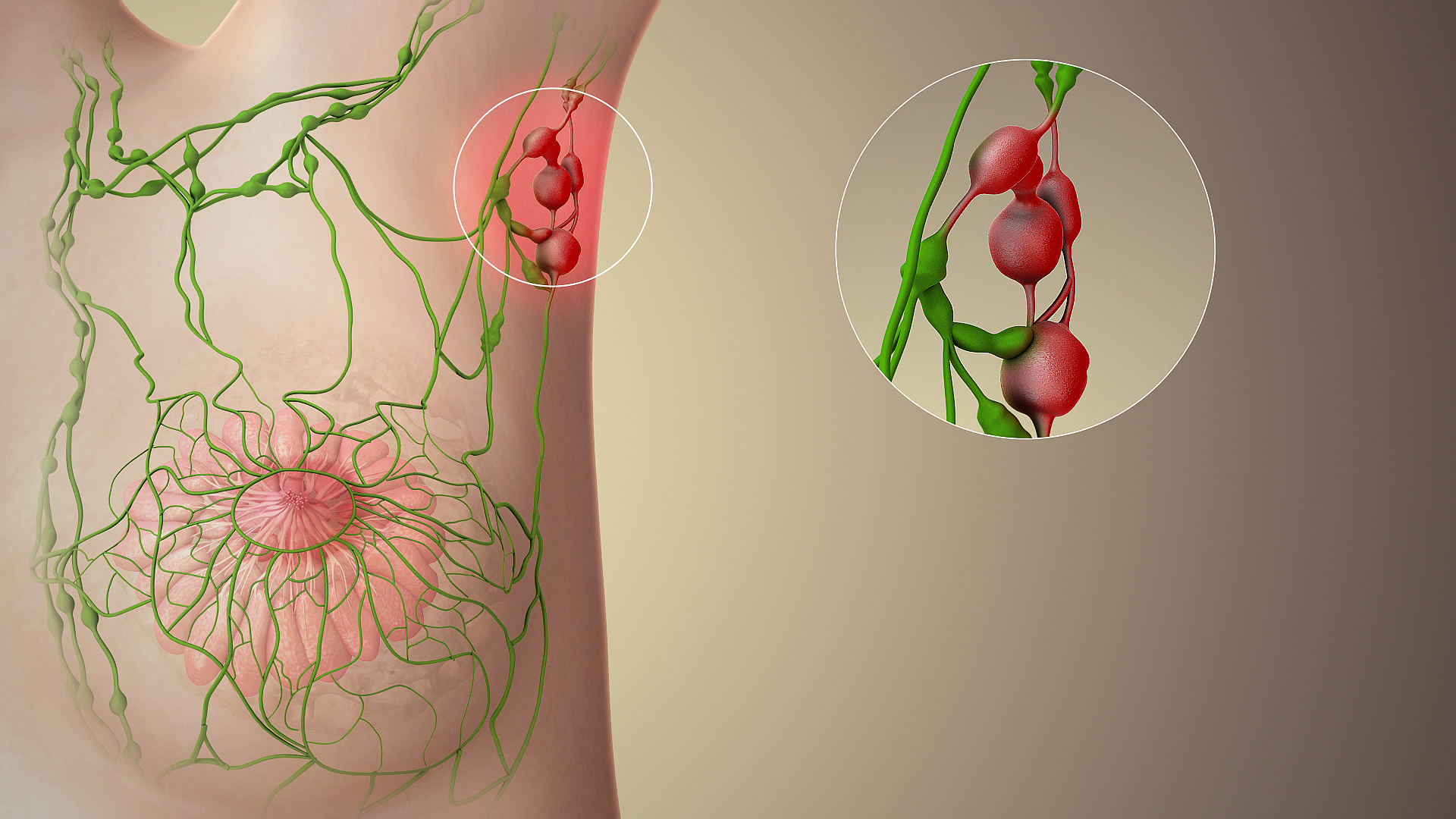|
Mastectomy
Mastectomy is the medical term for the surgical removal of one or both breasts, partially or completely. A mastectomy is usually carried out to treat breast cancer. In some cases, women believed to be at high risk of breast cancer choose to have the operation as a preventive measure. Alternatively, some women can choose to have a wide local excision, also known as a lumpectomy, an operation in which a small volume of breast tissue containing the tumor and a surrounding margin of healthy tissue is removed to conserve the breast. Both mastectomy and lumpectomy are referred to as "local therapies" for breast cancer, targeting the area of the tumor, as opposed to systemic therapies, such as chemotherapy, hormonal therapy, or immunotherapy. The decision to perform a mastectomy to treat cancer is based on various factors, including breast size, the number of lesions, biologic aggressiveness of a breast cancer, the availability of adjuvant radiation, and the willingness of the pa ... [...More Info...] [...Related Items...] OR: [Wikipedia] [Google] [Baidu] |
Preventive Mastectomy
A preventive mastectomy or prophylactic mastectomy or risk-reducing mastectomy (RRM) is an elective operation to remove the breasts so that the risk of breast cancer is reduced. Indications The procedure is a surgical option for individuals who are at high risk for the development of breast cancer. High risk women without a prior history of personal breast cancer might consider bilateral risk-reducing mastectomy (BRRM) as an option for minimising the risk of primary breast carcinoma development. The procedure includes the surgical removal of both breasts before any pathologic diagnosis has been made. Women that were previously diagnosed with a breast cancer in one breast (ipsilateral breast cancer) might elect to undergo risk-reducing mastectomy of the other unaffected (contralateral) breast, that is to say contralateral risk-reducing mastectomy (CRRM), to minimize the risk of a second breast cancer development. CRRM has been shown to reduce the incidence of contralateral breast ... [...More Info...] [...Related Items...] OR: [Wikipedia] [Google] [Baidu] |
Breast Cancer
Breast cancer is a cancer that develops from breast tissue. Signs of breast cancer may include a Breast lump, lump in the breast, a change in breast shape, dimpling of the skin, Milk-rejection sign, milk rejection, fluid coming from the nipple, a newly inverted nipple, or a red or scaly patch of skin. In those with Metastatic breast cancer, distant spread of the disease, there may be bone pain, swollen lymph nodes, shortness of breath, or yellow skin. Risk factors for developing breast cancer include obesity, a Sedentary lifestyle, lack of physical exercise, alcohol consumption, hormone replacement therapy during menopause, ionizing radiation, an early age at Menarche, first menstruation, having children late in life (or not at all), older age, having a prior history of breast cancer, and a family history of breast cancer. About five to ten percent of cases are the result of an inherited genetic predisposition, including BRCA mutation, ''BRCA'' mutations among others. Breast ... [...More Info...] [...Related Items...] OR: [Wikipedia] [Google] [Baidu] |
Lumpectomy
Lumpectomy (sometimes known as a tylectomy, partial mastectomy, breast segmental resection or breast wide local excision) is a surgical removal of a discrete portion or "lump" of breast tissue, usually in the treatment of a malignant tumor or breast cancer. It is considered a viable breast conservation therapy, as the amount of tissue removed is limited compared to a full-breast mastectomy, and thus may have physical and emotional advantages over more disfiguring treatment. Sometimes a lumpectomy may be used to either confirm or rule out that cancer has actually been detected. A lumpectomy is usually recommended to patients whose cancer has been detected early and who do not have enlarged tumors. Although a lumpectomy is used to allow for most of the breast to remain intact, the procedure may result in adverse affects that can include sensitivity and result in scar tissue, pain, and possible disfiguration of the breast if the lump taken out is significant. According to National C ... [...More Info...] [...Related Items...] OR: [Wikipedia] [Google] [Baidu] |
Gender-affirming Surgery
Gender-affirming surgery (GAS) is a surgical procedure, or series of procedures, that alters a person's physical appearance and sexual characteristics to resemble those associated with their gender identity. The phrase is most often associated with transgender health care, though many such treatments are also pursued by cisgender individuals. It is also known as sex reassignment surgery (SRS), gender confirmation surgery (GCS), and several #Terminology, other names. Professional medical organizations have established Standards of Care for the Health of Transgender and Gender Diverse People, Standards of Care, which apply before someone can apply for and receive reassignment surgery, including psychological evaluation, and a period of real-life experience living in the desired gender. Gender-affirming surgery (male-to-female), Feminization surgeries are surgeries that result in female-looking anatomy, such as vaginoplasty, vulvoplasty and breast augmentation. Gender-affirming ... [...More Info...] [...Related Items...] OR: [Wikipedia] [Google] [Baidu] |
Gynecomastia
Gynecomastia (also spelled gynaecomastia) is the non-cancerous enlargement of one or both breasts in men due to the growth of breast tissue as a result of a hormone imbalance between estrogens and androgens. Updated by Brent Wisse (10 November 2018) Physically speaking, gynecomastia is completely benign, but it is associated with significant psychological distress, social stigma, and dysphoria. Gynecomastia can be normal in newborn male babies due to exposure to estrogen from the mother, in adolescent boys going through puberty, in older men over the age of 50, and in obese men. Most occurrences of gynecomastia do not require diagnostic tests. Gynecomastia may be caused by abnormal hormone changes, any condition that leads to an increase in the ratio of estrogens/androgens such as liver disease, kidney failure, thyroid disease and some non-breast tumors. Alcohol and some drugs can also cause breast enlargement. Other causes may include Klinefelter syndrome, metabolic dysf ... [...More Info...] [...Related Items...] OR: [Wikipedia] [Google] [Baidu] |
Breast
The breasts are two prominences located on the upper ventral region of the torso among humans and other primates. Both sexes develop breasts from the same embryology, embryological tissues. The relative size and development of the breasts is a major secondary sex distinction between females and males. There is also considerable Bra size, variation in size between individuals. Permanent Breast development, breast growth during puberty is caused by estrogens in conjunction with the growth hormone. Female humans are the only mammals that permanently develop breasts at puberty; all other mammals develop their mammary tissue during the latter period of pregnancy. In females, the breast serves as the mammary gland, which produces and secretes milk to feed infants. Subcutaneous fat covers and envelops a network of lactiferous duct, ducts that converge on the nipple, and these tissue (biology), tissues give the breast its distinct size and globular shape. At the ends of the ducts are ... [...More Info...] [...Related Items...] OR: [Wikipedia] [Google] [Baidu] |
Gender-affirming Surgery (female-to-male)
Masculinizing gender-affirming surgery for transgender men and transmasculine Non-binary gender, non-binary people includes a variety of surgical procedures that alter anatomical traits to provide physical traits more comfortable to the trans man's male identity and functioning. Often used to refer to phalloplasty, Metoidioplasty, metoidoplasty, or vaginectomy, sex reassignment surgery can also more broadly refer to many procedures an individual may have, such as male chest reconstruction, hysterectomy, or oophorectomy. Gender-affirming surgery is usually preceded by beginning Masculinizing hormone therapy, hormone treatment with testosterone (medication), testosterone. Chest reconstruction Male chest reconstruction, Chest reconstruction ("top surgery") can be an important component of transition in the transmasculine population that can substantially improve gender incongruence. This might be done as a step in the process of treating distress due to a difference between experi ... [...More Info...] [...Related Items...] OR: [Wikipedia] [Google] [Baidu] |
Wide Local Excision
A wide local excision (WLE) is a surgical procedure to remove a small area of diseased or problematic tissue with a margin of normal tissue. This procedure is commonly performed on the breast and to skin lesions, but can be used on any area of the body. The tissue removed is examined under a microscope to confirm the type of lesion and to grade malignant tumours. This examination also determines if all of the lesion has been removed without leaving any behind. The results of a WLE will determine any future treatments if needed. Wide local excision of the breast A wide local excision of the breast aims to remove benign and malignant lesions while conserving the normal shape of the breast as much as possible. It is a form of breast-conserving surgery. A WLE can only be used for lesions up to 4 cm in diameter, as removal of any larger lesions could leave a visibly dented area in the breast. The extent of excision is variable, ranging from lumpectomy to quadrantectomy. A larger exc ... [...More Info...] [...Related Items...] OR: [Wikipedia] [Google] [Baidu] |
Cancer
Cancer is a group of diseases involving Cell growth#Disorders, abnormal cell growth with the potential to Invasion (cancer), invade or Metastasis, spread to other parts of the body. These contrast with benign tumors, which do not spread. Possible Signs and symptoms of cancer, signs and symptoms include a lump, abnormal bleeding, prolonged cough, unexplained weight loss, and a change in defecation, bowel movements. While these symptoms may indicate cancer, they can also have other causes. List of cancer types, Over 100 types of cancers affect humans. Tobacco use is the cause of about 22% of cancer deaths. Another 10% are due to obesity, poor Diet (nutrition), diet, sedentary lifestyle, lack of physical activity or Alcohol abuse, excessive alcohol consumption. Other factors include certain infections, exposure to ionizing radiation, and environmental pollutants. infectious causes of cancer, Infection with specific viruses, bacteria and parasites is an environmental factor cau ... [...More Info...] [...Related Items...] OR: [Wikipedia] [Google] [Baidu] |
Sentinel Lymph Node
The sentinel lymph node is the hypothetical first lymph node or group of nodes draining a cancer. In case of established cancerous dissemination it is postulated that the sentinel lymph nodes are the target organs primarily reached by metastasizing cancer cells from the tumor. The sentinel node procedure (also termed sentinel lymph node biopsy or SLNB) is the identification, removal and analysis of the sentinel lymph nodes of a particular tumour. Physiology The spread of some forms of cancer usually follows an orderly progression, spreading first to regional lymph nodes, then the next echelon of lymph nodes, and so on, since the flow of lymph is directional, meaning that some cancers spread in a predictable fashion from where the cancer started. In these cases, if the cancer spreads it will spread first to lymph nodes (lymph glands) close to the tumor before it spreads to other parts of the body. The concept of sentinel lymph node surgery is to determine if the cancer has spre ... [...More Info...] [...Related Items...] OR: [Wikipedia] [Google] [Baidu] |
Metastasis
Metastasis is a pathogenic agent's spreading from an initial or primary site to a different or secondary site within the host's body; the term is typically used when referring to metastasis by a cancerous tumor. The newly pathological sites, then, are metastases (mets). It is generally distinguished from cancer invasion, which is the direct extension and penetration by cancer cells into neighboring tissues. Cancer occurs after cells are genetically altered to proliferate rapidly and indefinitely. This uncontrolled proliferation by mitosis produces a primary tumor, primary tumour heterogeneity, heterogeneic tumour. The cells which constitute the tumor eventually undergo metaplasia, followed by dysplasia then anaplasia, resulting in a Malignancy, malignant phenotype. This malignancy allows for invasion into the circulation, followed by invasion to a second site for tumorigenesis. Some cancer cells, known as circulating tumor cells (CTCs), are able to penetrate the walls of lymp ... [...More Info...] [...Related Items...] OR: [Wikipedia] [Google] [Baidu] |





